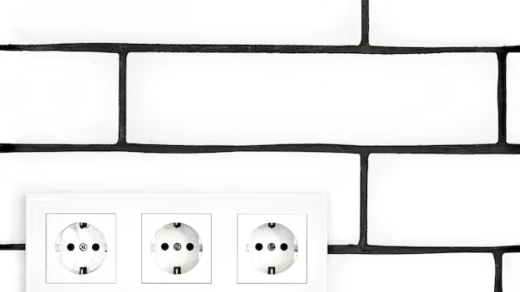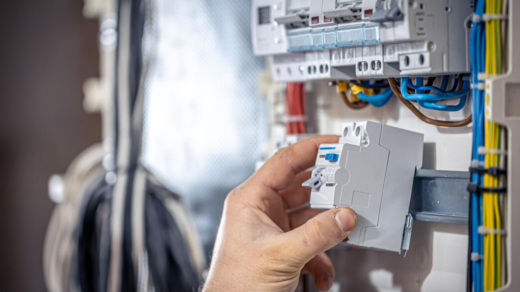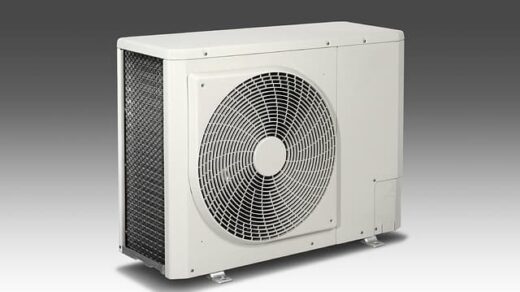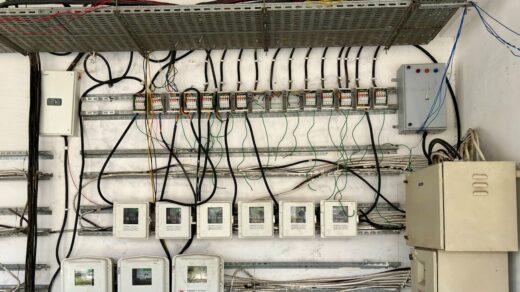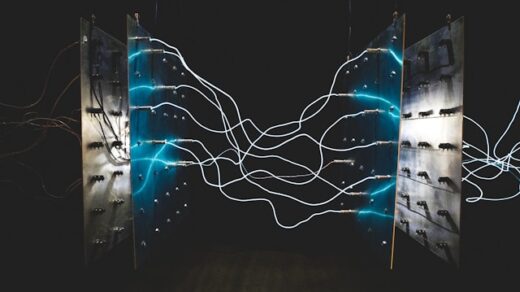This article is the last in a series of articles about short-circuit currents (but that’s not accurate). First I explained in detail what short-circuit current is and what significance it has for anyone involved in electrical science. As far as practical electrical engineering is concerned, in the following article I measured the actual short-circuit current in three ways, using my apartment and my summer house as examples.
Today I will discuss what selectivity is and how it is affected by the value of the short-circuit current. Let’s look at when selectivity can and when it can’t be achieved, and what that can mean. Get ready – for the sake of completeness, I had to take apart some theoretical issues in detail.
In real life, the lack of selectivity can lead to very unpleasant consequences. For example, due to a short circuit in the extension cord, passed by the closet, it can disconnect the entire apartment. Then it depends on the situation. If no one is home, it is possible to defrost the refrigerator with spoiled food. There can be even worse consequences – if it is a winter in a detached house, because of the pump stopping it is likely to freeze the water in the heating system with all the ensuing consequences
What is selectivity?
With circuit breakers (CBs) in a daisy chain, selectivity is the ability to trip only the fault line, without tripping the upstream (main) circuit breaker.
Instead of the term “selectivity”, the term “selectivity” is sometimes used.
In other words, in a two-stage protection scheme, which is used in the vast majority of cases, when an overcurrent occurs, only the upstream circuit breaker supplying the problem line should trip, and the feeder circuit breaker, which supplies other lines that are “not at fault”, should continue to operate correctly and pass current through itself.
If an overcurrent occurs in a line that is fed through the circuit breaker AB2, the incoming AB1 should continue to operate in the on state, feeding the other lines (AB3).
As usual, it is smooth only on paper, because in practice such selectivity depends on several factors
- On the magnitude (range of values) of the overcurrent that resulted from the abnormal situation,
- On the ratio of ratings of the upstream and downstream AB,
- The tripping characteristics (time-current characteristics) of the electromagnetic tripping devices (B, C, D).
Also keep in mind that in practice we are dealing not with diagrams and standards GOST, but with real devices, which for various reasons may have a scatter of parameters in a certain range.
What is overcurrent?
Overcurrent, as you know, is any current that exceeds the rated current. Its maximum value in practice can be considered equal to short-circuit current.
Usually, the rated current of a circuit is the rated current of the “lower” circuit breaker which limits the current in that circuit. Of course, if the circuit calculation is correct, and the circuit breaker is the weakest link that will break the circuit at overcurrent.
All overcurrent values are conventionally divided into two parts – overcurrent and short-circuit current. This division is due to the fact that each of these currents is “responsible” for a different trip unit inside the circuit breaker. Overcurrent is commonly called the current from which the thermal release unit (bimetal plate), which works relatively inertially, trips. Short-circuit currents are those values of overcurrent at which the circuit is protected by an electromagnetic (EM) release, which operates much faster than the thermal release.
Where is the official definition of these currents? Can someone tell me? I was sent to GOST IEC 60050, but did not find such a clause there.
There are three concepts to be distinguished –
The phenomenon of a short circuit when (for example) the phase wire touches the neutral wire,
Short circuit current as a measured value of the supply system at a given point and
Short circuit current, as the operating range of a circuit breaker at which the magnetic release operates.
What are time-current characteristics?
Hoping to prepare the reader, I will be brief, and will tell only what concerns the subject of the article. Especially since I gave the links at the beginning.
The letters B, C and D are the main characteristic of an electromagnetic release. The letter indicates the range of instantaneous tripping currents. At the beginning of the range, the tripping should not occur, within the range it can occur, and at the upper end of the range (or more), the tripping should occur. The limits of the ranges can be illustrated on simplified graphs for three ABs with the same rated current of 10 A, but with different tripping characteristics:

